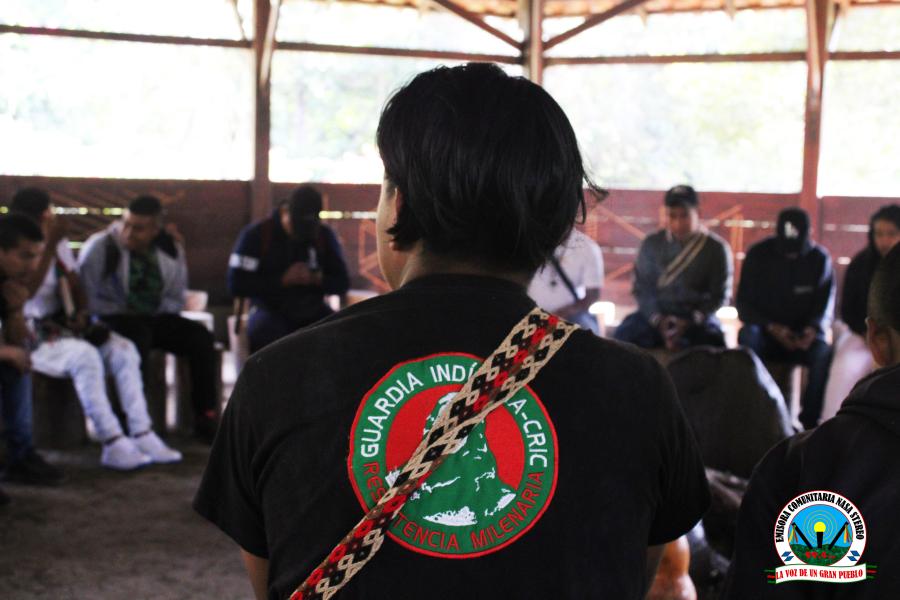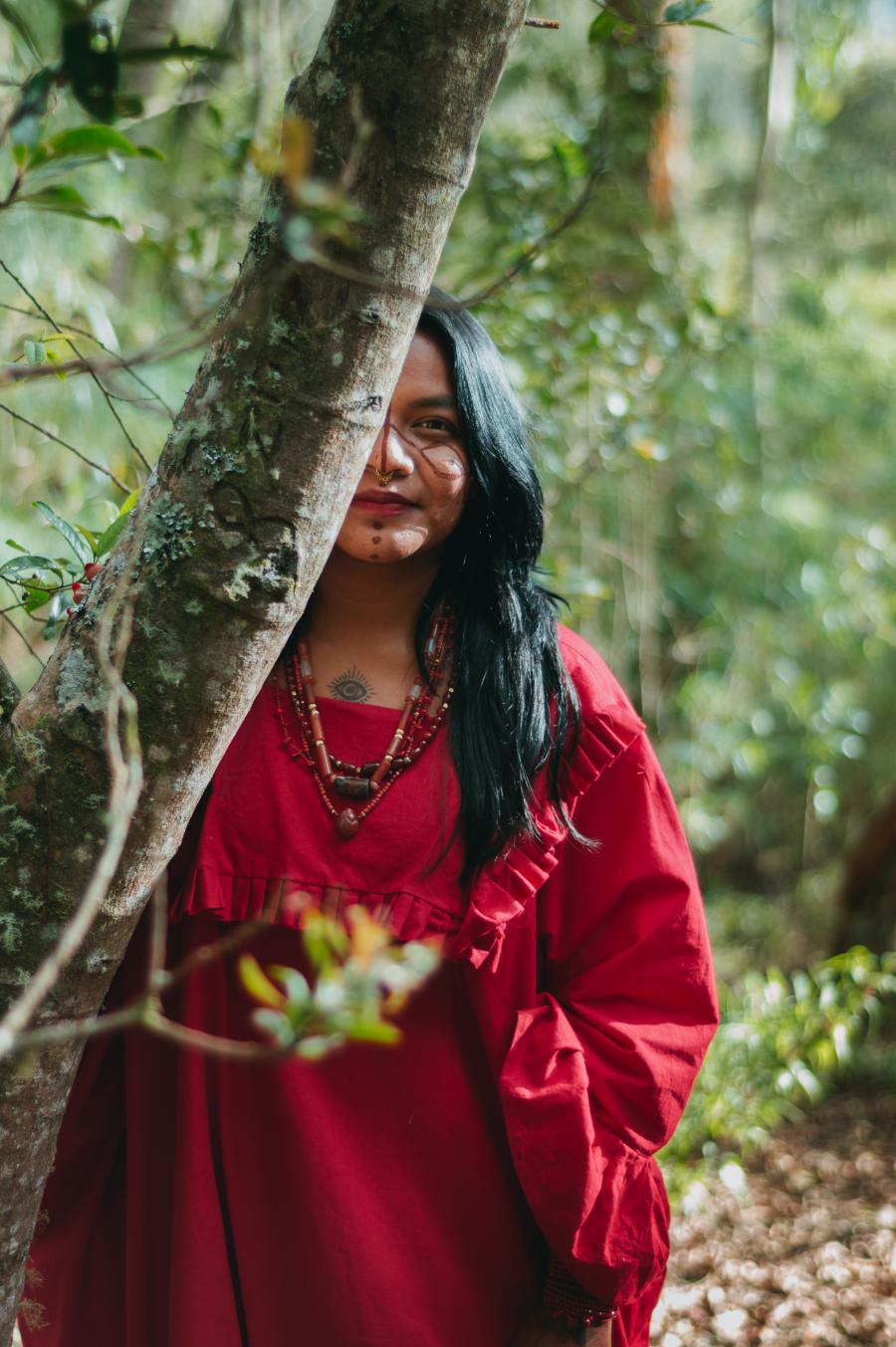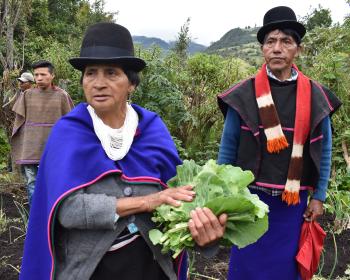For some of Embera People, ethnotourism offers a last economic lifeline.
The Darien, which encompasses the border region between Panama and Colombia, used to be one of the least accessible places on earth and a refuge for the region’s Indigenous Peoples. Then came the Pan American Highway, conflict in
Colombia, and Panama’s insatiable hunger for development. All of those things put enormous pressure on the Darien and the Indigenous Peoples who live there.
The Embera people are a case in point. Before the development and conflict, they lived in scattered individual family settlements along the region’s rivers, growing corn and bananas and raising pigs. As development pushed into the area, they took up a cash
economy and gathered into villages. Embera on the Colombian side of the border were getting caught between government forces and rebels and started moving into Panama. The rebels, too, crossed the border. The highway provided
easy access to the jungle and brought more development to the area. Many Embera responded by moving out of the Darien and into settlements around the outskirts of Panama City. Today, only
30 percent of Panama’s Embera still live in their comarca (autonomous Indigenous area) in the Darien.
One of the ways that Embera have been coping with their new reality is to participate in tourism. The villages around Panama City, particularly, have started hosting tourist groups wanting to see “authentic” Indians. The Embera, who no longer live traditionally in these areas, dress up for the tourists (or rather, undress for them), put on shows, and build traditional buildings to give the full effect. Often, the Embera are taken advantage of by tour operators, who pay them a tiny percentage of the money from tourists. But for these groups who have lost most of their traditional practices, the act of putting on a show for tourists actually reinforces their pride in their culture and may in the long run help restore some of those traditions.
Some Embera still living in the Darien have also been attracted to the financial promise of tourism, but in their case, the traditions are stronger, the flow of visitors is smaller, and the tourism appears to be happening more on their terms. Still, tourism is a double-edged sword: it can bring much-needed income, but it also has the potential to undermine the traditions that attract it, and it can form the impetus for a further influx of people and development. To work successfully, it has to be controlled by the Indigenous Peoples themselves, and it needs to be carefully regulated by them.
Photographer Francesco Lastrucci traveled to the Darien in 2008 to see how tourism is developing in the heart of Embera territory, and the photos that follow give a glimpse into Embera life.
Francesco Lastrucci has photographed subjects around the world, with current projects in Europe, Latin America, and Hong Kong. His pictures have appeared on CNN, and in the New York Times and several Condé Nast magazines, among many other publications. He maintains offices in Florence, New York, and Hong Kong. For more of his work, visit his website at www.francescolastrucci.com.



